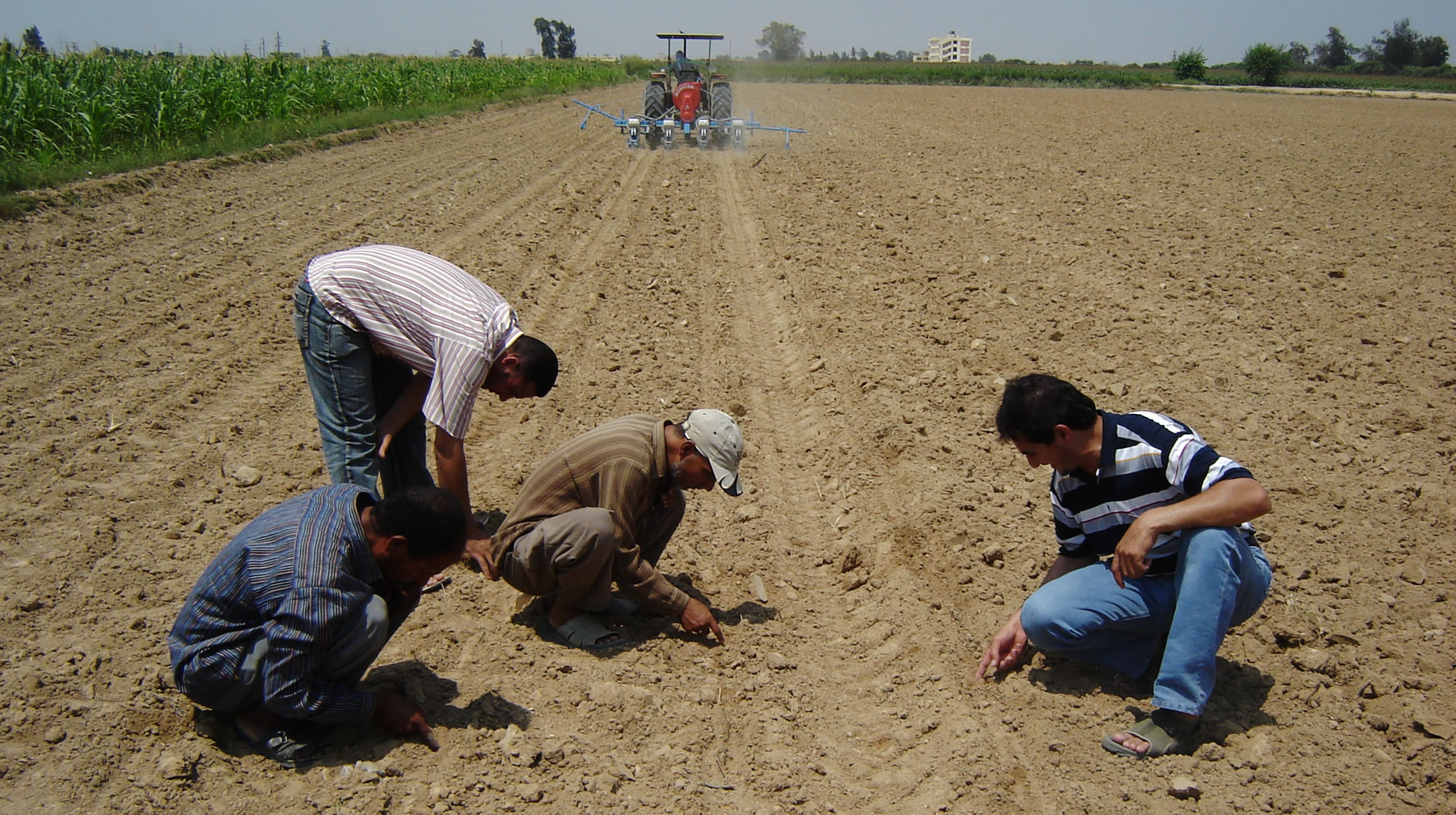

Requires neutral to slightly alkaline soil. Growing Tips: Amend planting site with well-rotted compost, work soil deeply, and remove rocks. This superior market strain was selected by Josiah Crosby, one of. Nitrogen is especially beneficial to beets. This perfect fall storage beet matures earlier than other storage varieties it is a perfect late summer-sown beet to fill the winter pantry. The Egyptian beet was actually a German variety introduced to the U.S. It is believed to date back to the start of the 16th century at the earliest, possibly during the reign of James IV, James V or Mary Queen of Scots. In the Egyptian desert, southwest of the city of Minya, a truly extraordinary agro-industrial complex is taking shape: a huge area of about 76,000 ha for the cultivation of sugar beet, wheat and maize is irrigated with ground water from wells as deep as 200 m. A light, sandy soil is the best on which to grow beets to perfection, but any well-tilled garden land will raise satisfactory crops. Today’s market farmers and home gardeners still appreciate Crosby’s 19th century work selecting for a perfect market variety. Gregory’s catalog it was praised for its exceptional early maturity and superior market quality.

Crosby’s Egyptian beet debuted in the 1888 edition of J.H. He selected for a super flat saucer shape and smoother skin, as these uniform and decidedly pretty roots were more enticing for market sales. He refined the German import for his marketing needs. This superior market strain was selected by Josiah Crosby, one of Boston’s most notable market farmers. The “Egyptian beet” was actually a German variety introduced to the U.S. Gregory’s seed catalog features Egyptian beets, as well as Egyptian sweet corn. Napoleon’s famous Egyptian campaign sparked western interest in Egypt, influencing 1800s art, religion, and even leading to the false marketing of some goods as “Egyptian” to lend them an exotic flair. In fact, the only thing Egyptian about this beet is its name, which is most likely tied to the “Egyptomania” that swept Europe and America during the 19th century. The unusual name stirs intrigue beets are historically considered a crop of the European sea coast and are not typically associated with Egypt. Crosby’s Egyptian flat beet is a market variety developed in the 19th century and still favored by farmers and market gardeners today.


 0 kommentar(er)
0 kommentar(er)
